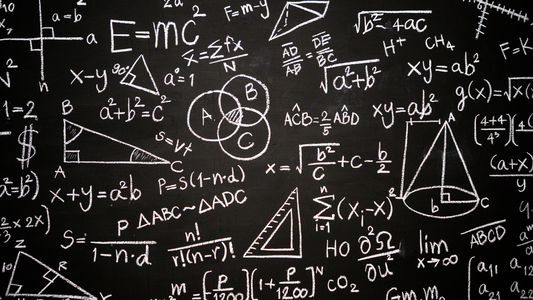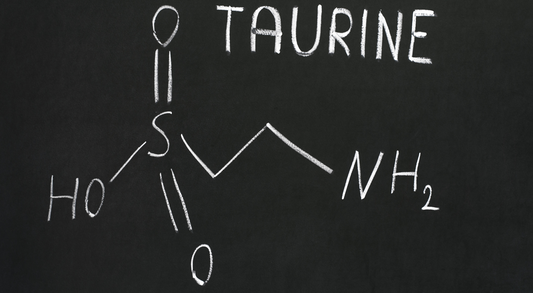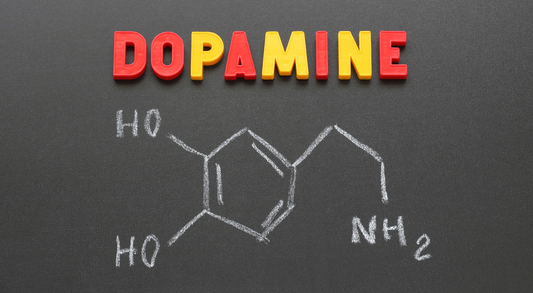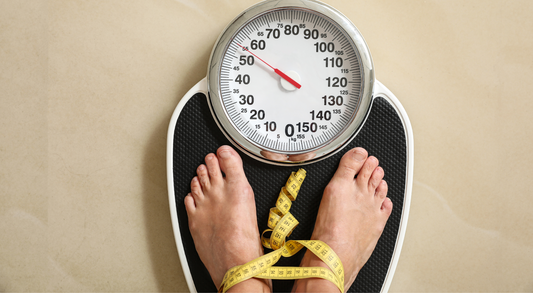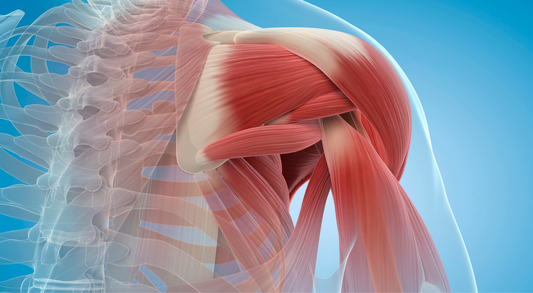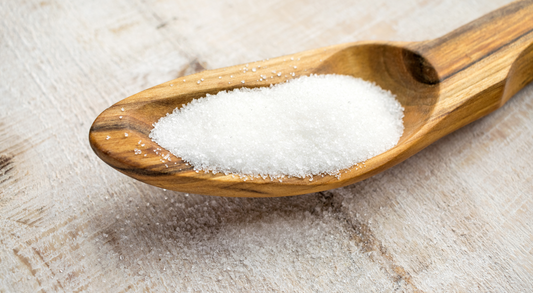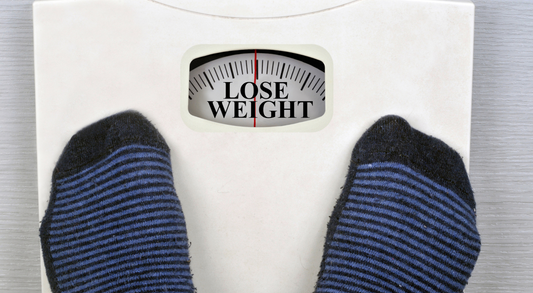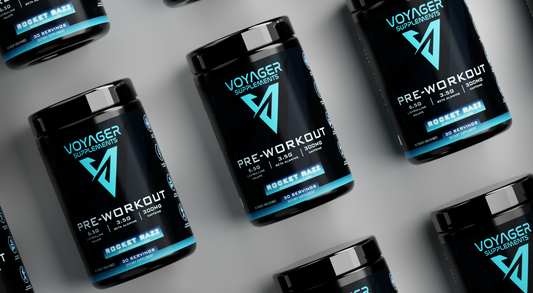Introduction
Developing strong, well-defined calves is a common goal for many fitness enthusiasts. This article will guide you through effective calf exercises and how Voyager's supplements can support your lower leg training.
The Importance of Calf Training
Calf muscles play a crucial role in lower body strength, stability, and aesthetics. Regular calf training improves overall leg appearance and performance in various activities.
Effective Calf Exercises
- Standing Calf Raises: Target the gastrocnemius, the larger calf muscle.
- Seated Calf Raises: Focus on the soleus muscle, under the gastrocnemius.
- Leg Press Calf Raises: A variation that allows for heavy loading.
Tips for Maximizing Calf Development
- Full Range of Motion: Lower your heels below the level of your toes at the bottom of each movement for a deep stretch.
- High Volume and Frequency: Calves often respond well to higher reps and frequent training.
- Vary Your Foot Position: Change your toe position (inward, outward, straight) to target different parts of the calves.
Incorporating Calf Workouts into Your Routine
- End of Leg Day: Add calf exercises to the end of your leg workouts.
- Dedicated Calf Days: For lagging calves, consider a separate workout focused solely on them.
- Consistency is Key: Regular training is essential for calf growth.
Voyager's Pre Workout for Enhanced Calf Training
Elevate your calf workouts with Voyager's Pre Workout, formulated to increase energy and endurance for intensive training. Explore it on our Pre Workout Product Page.
Common Mistakes in Calf Training
- Neglecting Soleus Muscle: Include seated exercises to target this deeper calf muscle.
- Rushing the Reps: Perform each rep with control, focusing on the muscle contraction.
- Skipping Stretching: Stretch your calves post-workout to aid recovery and flexibility.
The Role of Nutrition in Muscle Development
Proper nutrition, including adequate protein intake, is vital for muscle growth. Use Voyager's Protein Calculator to estimate your daily protein needs for muscle repair and growth.
The Science Behind Effective Calf Training
Studies suggest that calf muscle growth requires a combination of heavy loading and high-repetition training. A research article in the National Library of Medicine discusses the unique aspects of varied loading for building muscle strength, which should be utilized for calf training.
Conclusion
Effective calf training involves a combination of exercises, high volume, and proper technique. By incorporating these exercises into your routine and supporting your training with Voyager's supplements, you can achieve stronger, more defined calves.
For more fitness insights and to explore our product range, visit our Blog.
